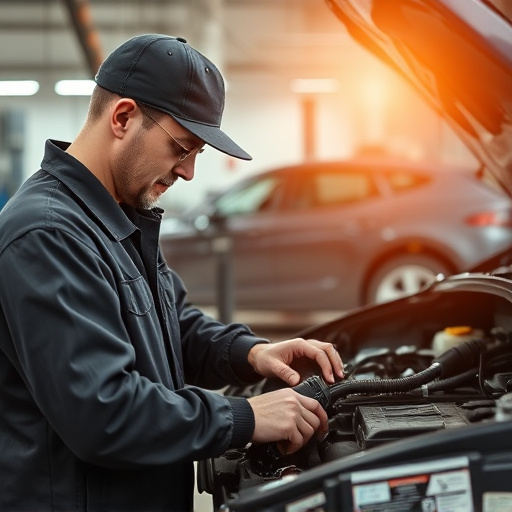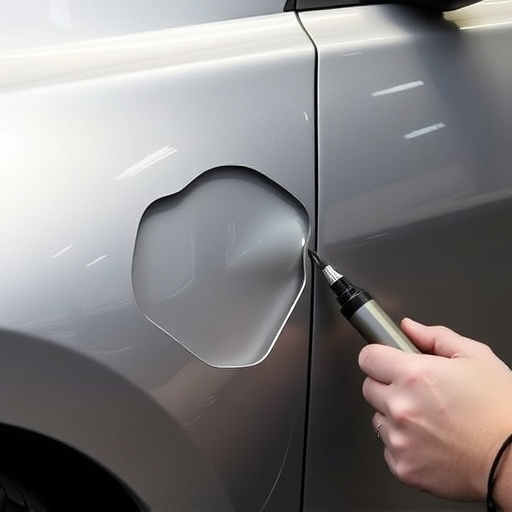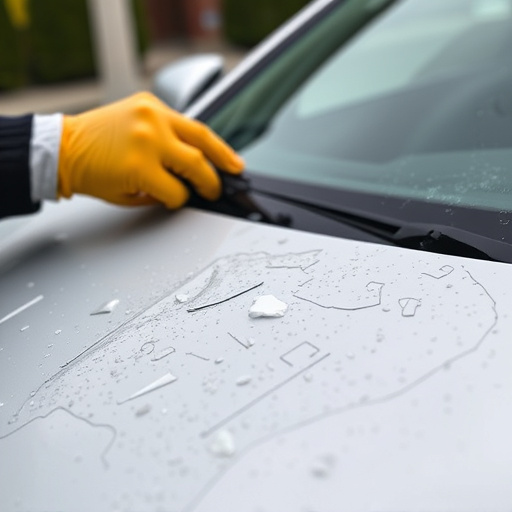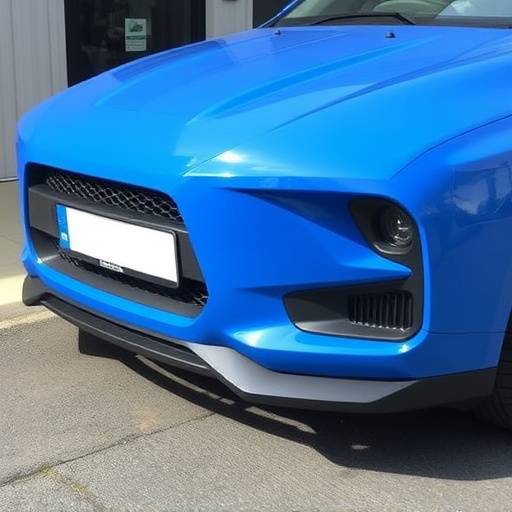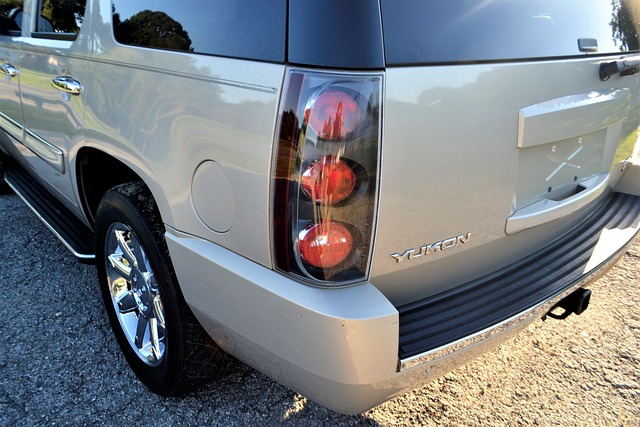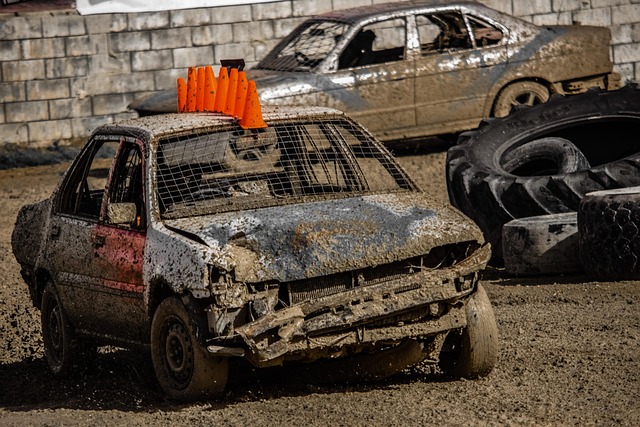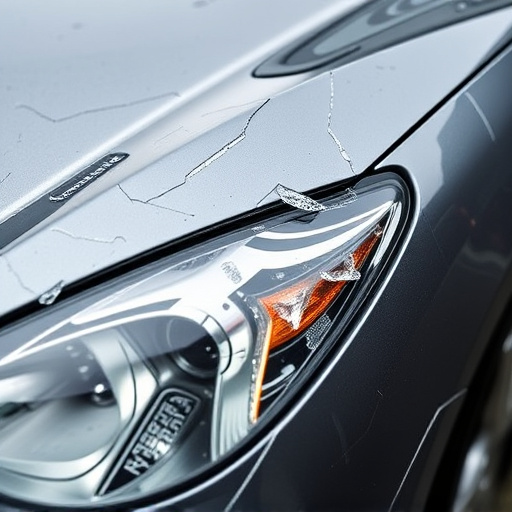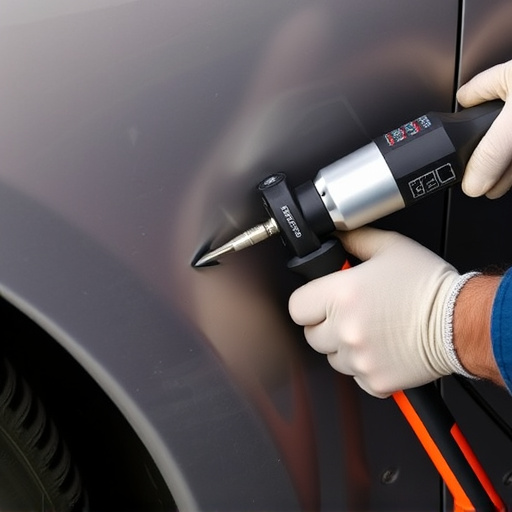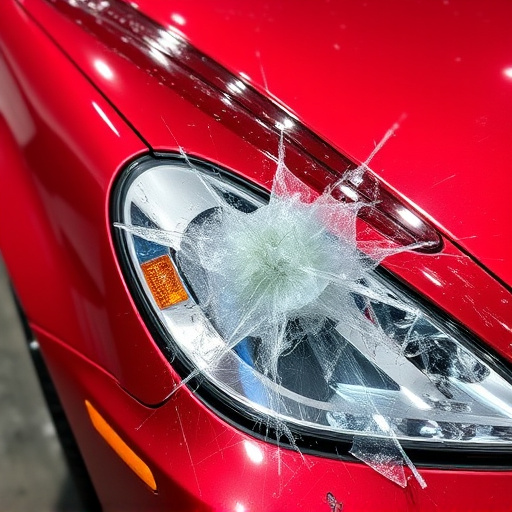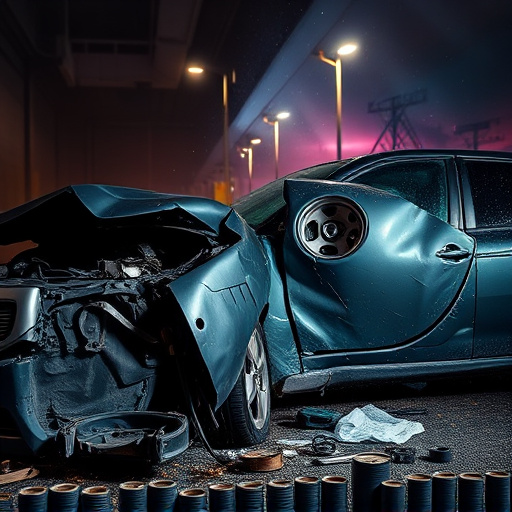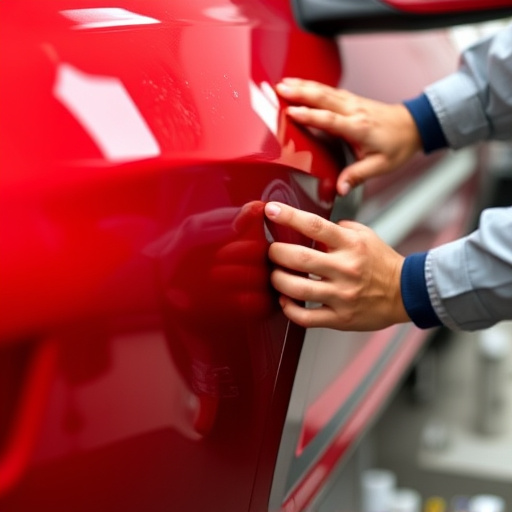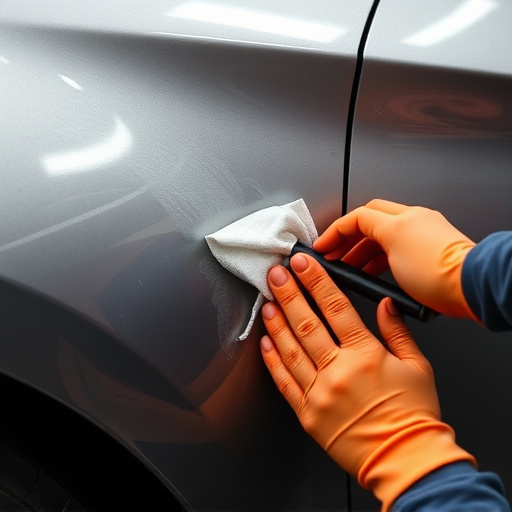Auto body fasteners are essential for high-strength steel repairs in vehicles like Mercedes-Benz, offering structural integrity and durability. Specialized to meet modern vehicle demands, these fasteners come from materials like stainless steel or alloy steel, restoring both strength and aesthetic appeal. Choosing the right auto body fasteners—structural bolts, rivets, welds—is critical for optimal repair strength based on material, location, and stability. Proper application involves precise placement, high-quality fasteners, adherence to torque specs, regular inspection, and surface preparation to prevent corrosion and enhance bond strength.
Auto body fasteners play a critical role in high-strength steel repairs, ensuring structural integrity and vehicle safety. This article delves into the intricacies of these essential components, guiding readers through understanding specific auto body fasteners for high-strength steel, exploring various types, and mastering application techniques. By following best practices, technicians can achieve lasting repairs, enhancing vehicle durability and performance. Key focus lies in leveraging the right fasteners to meet the unique demands of modern automotive steel.
- Understanding Auto Body Fasteners for High-Strength Steel
- Types of Fasteners: Options for Optimal Repair Strength
- Application Techniques and Best Practices for Longevity
Understanding Auto Body Fasteners for High-Strength Steel
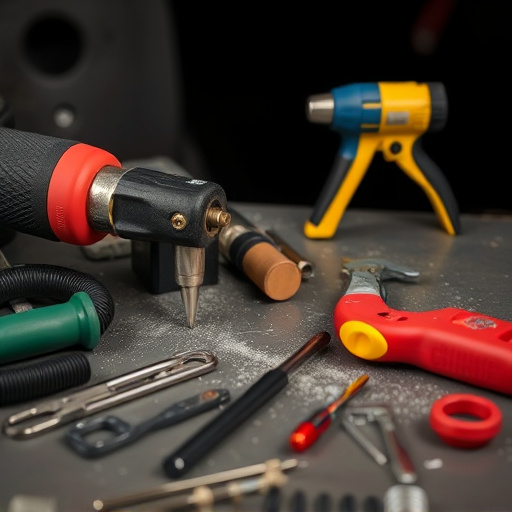
Auto body fasteners play a crucial role in high-strength steel repairs, offering the strength and security needed to ensure structural integrity. These specialized fasteners are designed to meet the demanding requirements of modern vehicle construction, which often incorporates advanced steels for improved safety and efficiency. In the context of Mercedes-Benz repair or collision damage repair, auto body fasteners must withstand significant force without compromising quality or durability.
They are an essential component in autobody repairs, providing a reliable bond between metal panels and components. Fasteners made from high-quality materials like stainless steel or alloy steel ensure that vehicles, once repaired, regain their structural strength and aesthetic appeal. Understanding the specific types of auto body fasteners suitable for high-strength steel is vital for achieving precise and long-lasting repairs, be it for a collision damage repair or more intricate Mercedes-Benz repair work.
Types of Fasteners: Options for Optimal Repair Strength
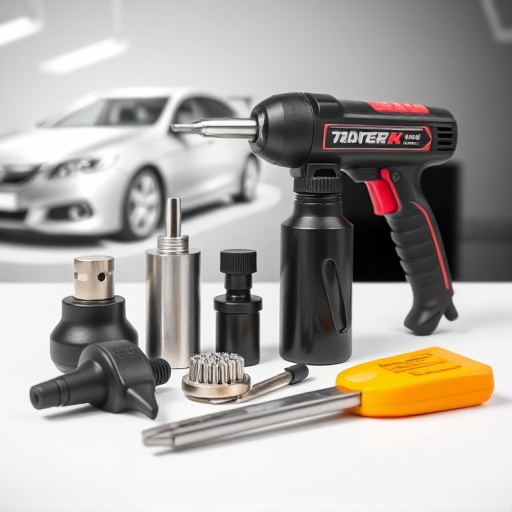
When it comes to high-strength steel repairs, the choice of auto body fasteners is pivotal for ensuring structural integrity and long-lasting durability. In automotive collision repair and bumper repair scenarios, several types of fasteners are available, each with unique properties catering to different application needs.
For optimal repair strength, selecting the right fastener is essential. Options include structural bolts, rivets, and welds, each offering varying levels of resistance and installation methods. Structural bolts provide a secure, removable attachment, making them ideal for repairs that require frequent disassembly. Rivets, known for their permanent bonding, offer exceptional strength in high-stress areas, while welds are suitable for joining metal components directly, enhancing overall autobody repairs. The selection should be guided by the specific material, repair location, and desired structural stability.
Application Techniques and Best Practices for Longevity
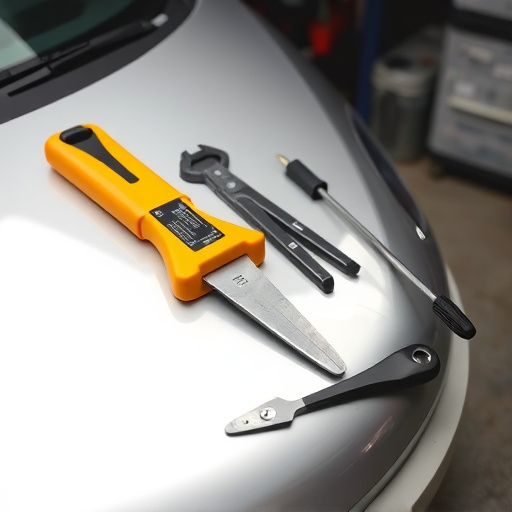
When it comes to high-strength steel repairs, auto body fasteners play a pivotal role in ensuring structural integrity and longevity. Application techniques for these fasteners involve precise placement using specialized tools to match the vehicle’s original design. Proper alignment is key; misalignment can compromise the repair’s strength and aesthetics.
Best practices dictate using high-quality fasteners rated for automotive applications, adhering to manufacturer guidelines on torque specifications. Regular inspection and maintenance are crucial, with timely replacement of any worn or damaged fasteners. Additionally, proper surface preparation before installation, including cleaning and de-greasing, is essential to prevent corrosion and ensure a secure bond. These practices contribute significantly to the durability of vehicle body repair and frame straightening processes, enhancing overall vehicle safety and performance.
Auto body fasteners play a crucial role in ensuring the structural integrity and longevity of high-strength steel repairs. By understanding the unique requirements of this material and selecting the appropriate fastener types, professionals can achieve superior repair strength and durability. Adhering to best application practices, including proper alignment, tightening techniques, and regular maintenance, will further extend the lifespan of these repairs, ensuring safety and reliability on the road. Choosing the right auto body fasteners is a key step in delivering high-quality, long-lasting vehicle restorations.
